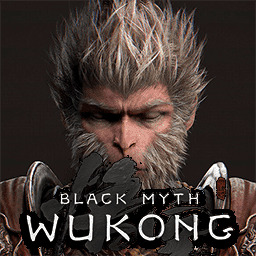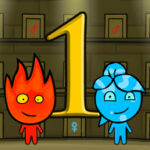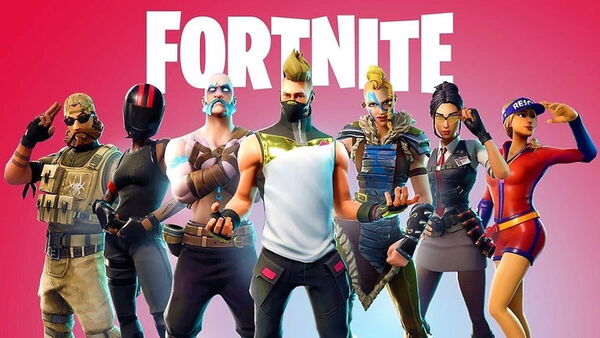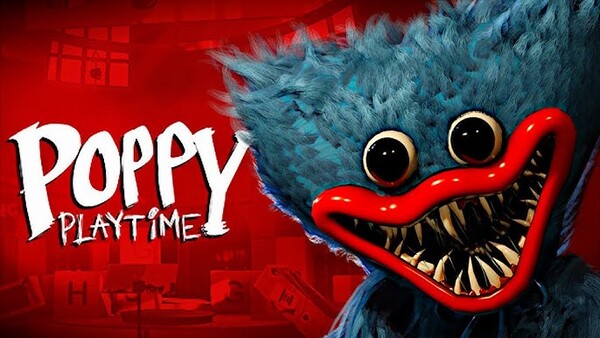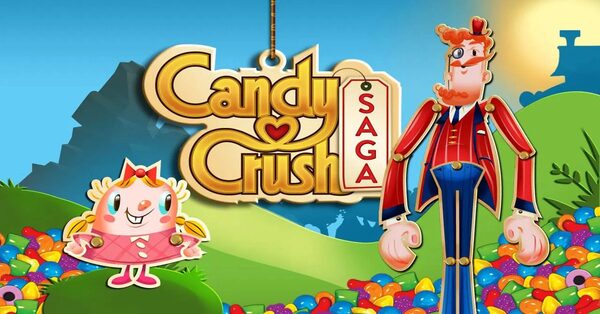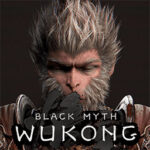BLACK MYTH: WUKONG – A LEGENDARY JOURNEY REIMAGINED
Introduction: The Rise of a Mythological Masterpiece
Black Myth: Wukong is one of the most highly anticipated action RPGs in recent gaming history. Developed by Chinese indie studio Game Science, this stunning title reimagines the legendary tale of Sun Wukong—the Monkey King—in a dark, gritty, and richly detailed world. Combining traditional Chinese folklore with modern Souls-like combat mechanics, Black Myth has captivated players around the globe since its announcement in 2020.
With powerful trailers showcasing jaw-dropping graphics, intricate boss battles, and an atmospheric world steeped in myth, this game has raised expectations not just for Chinese development, but for the entire action RPG genre.
The Origin and Announcement of Black Myth: Wukong
Game Science, a relatively small studio at the time, revealed Black Myth in August 2020 with a 13-minute gameplay trailer. What started as an experimental project quickly evolved into a full-scale production after the trailer went viral, receiving millions of views within days.
The initial concept was simple: take the myth of Sun Wukong and reinterpret it through the lens of modern gaming. Inspired by titles like Sekiro, Dark Souls, and Nioh, the team sought to combine hardcore combat mechanics with Eastern mythology.
The reveal surprised the world with its production quality, dynamic combat system, and its unique cultural foundation. This marked the beginning of a new chapter in global game development, as Black Myth became the most anticipated Chinese game ever made.
Gameplay Mechanics: Souls-like Combat with Mythical Depth
At the core of Black Myth: Wukong lies a combat system heavily inspired by the Soulsborne formula. Players control Sun Wukong, wielding his iconic staff in fluid, timing-based battles against various mythological enemies.
The gameplay focuses on:
Precise dodging and parrying
Managing stamina and movement
Learning enemy patterns
Strategic ability usage and transformations
Unlike traditional action RPGs, Black Myth adds a mythical twist—Wukong can shapeshift into different creatures such as an insect to avoid detection or a giant ape for brute force. These transformations add verticality, stealth, and puzzle-solving to the already deep combat loop.
Visual Presentation and Unreal Engine 5 Power
One of Black Myth's standout elements is its visual fidelity. Built on Unreal Engine 5, the game features highly detailed character models, realistic lighting, and atmospheric effects that rival any AAA Western production.
The environments range from foggy mountain paths and crumbling temples to fiery battlefields and mystical forests. Every inch of the game world oozes artistic direction rooted in Chinese painting, architecture, and mythology.
Character animations are smooth and weighty. Enemy designs are imaginative yet terrifying. Spell effects shimmer with elegance, while boss fights explode with particle-rich cinematic moments. Black Myth may be one of the best-looking games of its generation.
The Story and Lore of Sun Wukong Reimagined
The game retells the tale of Journey to the West—a classical 16th-century Chinese novel—but with a darker, more philosophical edge. Players follow Wukong, also known as the Destined One, on his path to enlightenment, revenge, and possibly redemption.
The narrative draws on Buddhist and Taoist themes, exploring ideas of reincarnation, illusion, power, and purpose. While the Monkey King’s mischievous personality is still present, the game’s tone is much more serious and emotional.
Each character, be it a monk, demon, or beast, represents a lesson, a conflict, or a symbol. The storytelling is not only visual and spoken but embedded in level design, enemy placement, and environmental storytelling.
Boss Battles and Enemy Design
Black Myth: Wukong places heavy emphasis on challenging boss battles. From towering demons to cunning tricksters, every boss presents a distinct challenge requiring mastery of timing, movement, and skill usage.
Boss encounters are cinematic, layered, and filled with unpredictability. Some will test your patience with long attack chains and pattern shifts, while others surprise you with illusions, shapeshifting mechanics, or narrative twists mid-fight.
Enemy types range from agile ghosts and flying insects to armored brutes and grotesque monsters drawn from classic Chinese folklore. Each enemy has clear animations and tells, rewarding players who study their moves and adapt their strategies.
Exploration and World Structure
While the game is not fully open-world, it follows a semi-open structure similar to Dark Souls or Elden Ring. Players can explore interconnected regions filled with secrets, side paths, hidden bosses, and lore entries.
Level design encourages:
Backtracking with new abilities
Environmental puzzles and transformation usage
Non-linear progression options
Secret weapons, upgrades, and story content
The sense of scale is vast, but never overwhelming. You’re often rewarded for curiosity, whether through shortcuts, secret encounters, or world-building details hidden off the beaten path.
Upgrades, Equipment, and Progression
Progression in Black Myth is tied to traditional RPG elements, including stat upgrades, equipment, and ability unlocks. However, the system also includes mystical elements inspired by Chinese beliefs.
Wukong can upgrade his:
Weapons, primarily his staff
Armor and magical accessories
Special skills tied to mythical powers
Transformations and mobility techniques
The upgrade system is expected to balance challenge and accessibility, offering freedom of build while maintaining the game’s difficulty curve. Rituals, meditation, and item crafting may also be integrated as part of the thematic design.
Soundtrack and Audio Immersion
Black Myth’s music and sound design reflect its cultural foundation. The soundtrack is built around traditional Chinese instruments blended with modern orchestration, delivering epic battle themes and meditative ambiance.
Voice acting is being recorded in both Mandarin and English, with a strong emphasis on emotional delivery and authenticity. Enemy sounds, weapon clashes, and ambient effects all contribute to an immersive, tension-filled experience.
The audio helps convey the weight of combat, the tranquility of temples, and the dread of cursed lands, making it a core pillar of the game’s emotional impact.
Anticipation and Community Hype
Since its reveal, Black Myth has developed a loyal and passionate fanbase. Players from all over the world have analyzed trailers, translated Chinese voiceovers, and speculated on story details, combat mechanics, and release plans.
The developers have released multiple gameplay previews showcasing new bosses, environments, and abilities. Each update fuels more hype, with social media constantly buzzing with theories and excitement.
Pre-orders, merchandise, and cross-media promotion have begun to surface. It’s not just a game—it’s becoming a movement for the global rise of Chinese myth in gaming.
The Potential Impact on the Industry
Black Myth: Wukong may become a landmark title, not only for action RPG fans but for the entire gaming industry. It challenges the dominance of Western studios in narrative fantasy games and proves that China can create world-class experiences without compromise.
Its success could:
Inspire more Eastern mythology-based games
Encourage indie studios to pursue ambitious projects
Expand appreciation for non-Western storytelling
Shift how publishers evaluate global game markets
Game Science has already raised the bar with Black Myth, and its full release may reshape perceptions of what indie studios can achieve on the world stage.
Conclusion
Black Myth: Wukong is a game that dares to dream big. It reimagines an ancient legend through a modern lens, offering rich combat, breathtaking visuals, and a world that feels deeply spiritual yet brutally grounded.
From the tiniest visual detail to the grandest boss fight, the game is a love letter to mythology, struggle, and transformation. It doesn’t just invite players to fight—it invites them to reflect, to overcome, and to grow alongside the Monkey King.
When the game finally releases, it may not just meet expectations. It may redefine what the world expects from myth-inspired fantasy RPGs forever.
